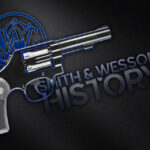
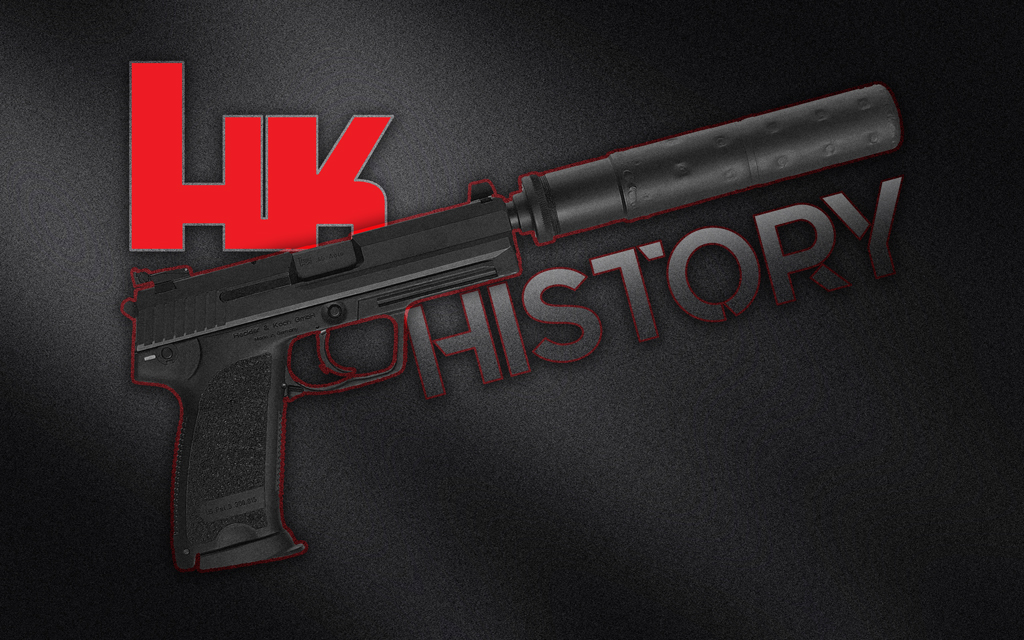
Heckler & Koch (H&K) is synonymous with precision engineering, innovation, and military excellence. It went from humble beginnings in post-World War II Germany to becoming one of the world’s most respected firearms manufacturers. Heckler and Koch history has played a transformative role in the evolution of small arms technology.
This article examines the company’s origins and the men who founded it. Let’s explore the innovations that have made H&K a staple in law enforcement and military arsenals worldwide.
Post-War Origins & the Founding Trio
Heckler & Koch started in 1949 in Oberndorf am Neckar, a small town in southwestern Germany with a long tradition in arms manufacturing. The region served as the base for Mauser, which produced famous bolt-action rifles that became standard military equipment during both World Wars.
The Allied occupation forces imposed severe production restrictions on German arms manufacturing, leading to the destruction of the Mauser Works. The three former Mauser engineers, Edmund Heckler, Theodor Koch, and Alex Seidel, chose to begin their new venture during this time of industrial doubt. They used their precision mechanics and engineering skills to acquire the remaining Mauser factory assets.
They initially focused on producing precision metal parts and gauges. Still, their experience with firearms guided them back to weapons manufacturing as Germany rearmed in the 1950s. By 1956, the newly formed Bundeswehr (West German Army) required a standard infantry rifle, and H&K entered the competition with a license-produced version of the Spanish CETME rifle. This rifle would lead to the development of one of the most iconic firearms of the 20th century: the G3 battle rifle.
The G3 Battle Rifle: Heckler & Koch’s Breakthrough Weapon
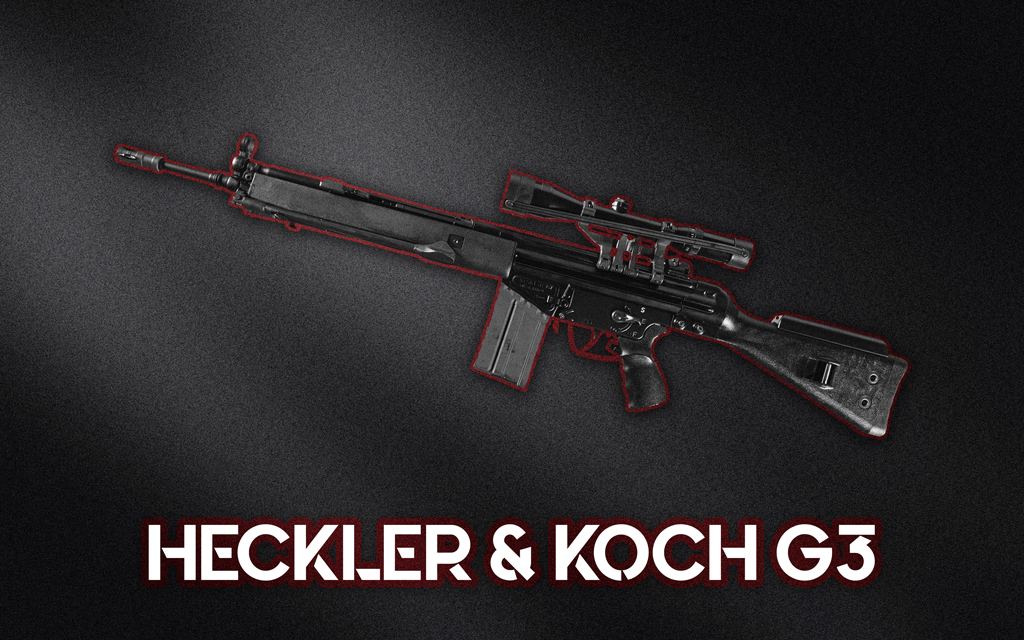
The Heckler & Koch G3 (Gewehr 3) roller-delayed battle rifle chambered in 7.62×51 NATO.
The West German Bundeswehr officially adopted the G3 (Gewehr 3) in 1959. That pivotal product transformed Heckler & Koch from a small precision toolmaker into a major player in the global firearms industry. It was based on the CETME rifle, a Spanish design originally developed by German engineers, including former Mauser employees, in exile after World War II. When West Germany began rebuilding its armed forces during the Cold War, H&K acquired the rights to produce the CETME under license and further refined the design into the G3.
At the heart of the G3 is a delayed blowback operating system with roller-locking. Mauser engineers first developed this mechanism during the latter stages of WWII for the experimental StG 45(M). This roller-delayed system was a hallmark of H&K engineering for decades. It offered a blend of simplicity and strength, giving the G3 exceptional performance across various operational environments. Unlike gas-operated rifles requiring more moving parts and complex maintenance, the G3’s system reduced fouling and wear, increasing durability and ease of use.
The G3 is chambered in 7.62×51mm NATO, a full-power rifle cartridge adopted by Western militaries as part of NATO standardization efforts. Its solid construction, excellent accuracy, and combat reliability made it well-suited to the rigorous demands of Cold War-era military service. It proved equally capable in arid deserts, humid jungles, and freezing alpine regions, earning a reputation as an accurate general-purpose battle rifle.
MP5: The Submachine Gun of Choice
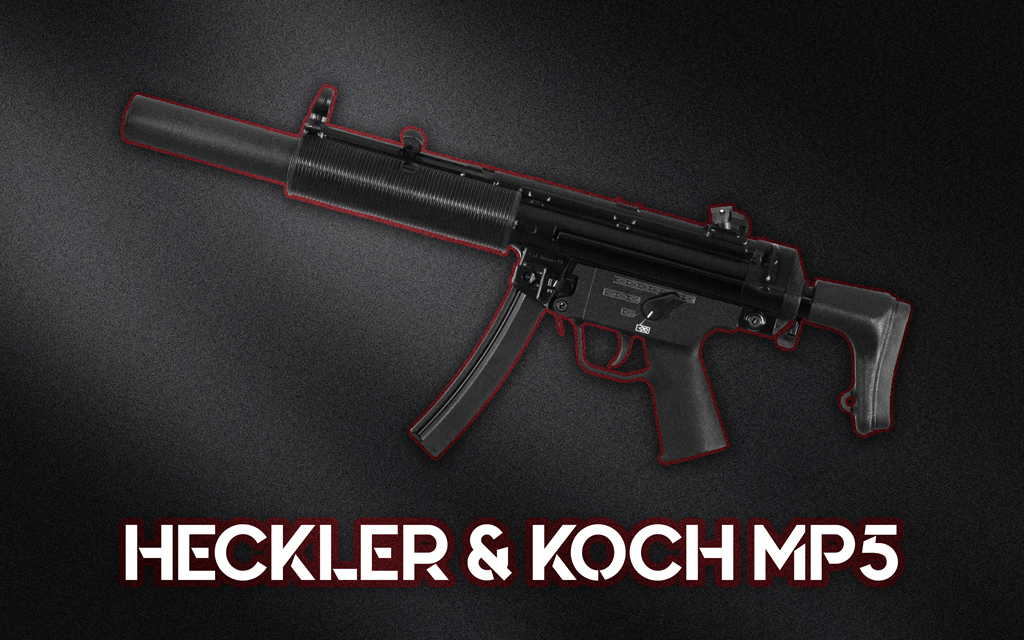
Legendary H&K MP5: From Hollywood movies to military special operations, the MP5 offers exceptional performance & reliability.
One of H&K’s most enduring contributions to firearms is the MP5 submachine gun, introduced in 1966. Designed around the same delayed blowback, roller-locked system used in the G3, the MP5 chambered the smaller 9×19mm Parabellum cartridge and offered exceptional reliability and control. The MP5 became the top choice for tactical teams, special forces, and law enforcement agencies.
The MP5 gained worldwide recognition during the 1980 Iranian Embassy Siege in London. British SAS operatives used it to deliver precise shots in a mission that solidified the MP5’s status as a close-quarters combat weapon. The MP5SD (integrally suppressed version) and MP5K (compact variant) models of the MP5 series fulfilled different operational requirements, including counterterrorism and executive protection. The MP5 continues to serve hundreds of agencies worldwide, even though newer competitors have emerged.
Innovation & the Birth of the G36
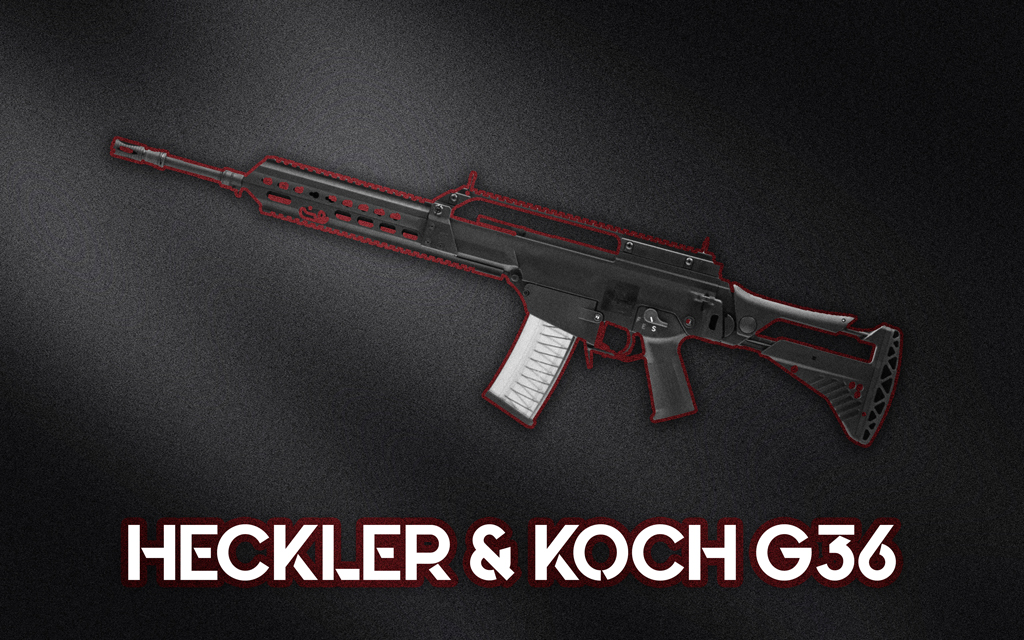
The Heckler & Koch G36 is a lightweight, modular assault rifle chambered in 5.56×45mm NATO.
As military needs evolved through the late 20th century, H&K remained at the forefront of innovation. In the 1990s, the German military sought a replacement for the aging G3. The result was the G36, a lightweight, modular assault rifle chambered in 5.56×45mm NATO.
Introduced in 1997, the G36 utilized a short-stroke gas piston system, departing from H&K’s earlier roller-delayed blowback designs. It features a reinforced polymer body, built-in optics, and exceptional ergonomics. The rifle proved highly reliable, and the Bundeswehr, NATO allies, and police forces adopted it.
Though it eventually drew controversy over long-term reliability in high-heat environments (especially during extended engagements), the G36 represented a significant technological leap. It affirmed H&K’s place as a leading innovator in the industry.
HK416: From Military Trials to Global Icon
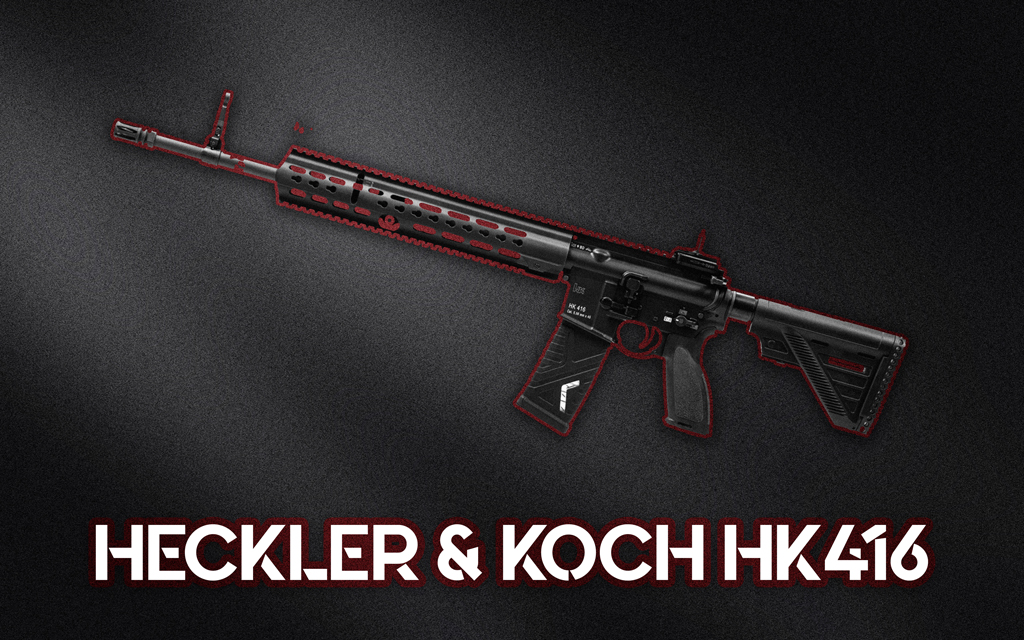
The Heckler & Koch HK416 rifle is an improved version of the M4 with a short-stroke gas piston system.
Perhaps no modern firearm better exemplifies H&K’s engineering prowess than the HK416. Developed in the early 2000s, the HK416 designers intended it to improve the American M4 platform. While maintaining the familiar AR-15-style controls, it replaced the direct impingement gas system with a more robust short-stroke gas piston system. Doing so significantly improved reliability and reduced fouling.
The HK416 quickly gained the attention of elite military units, including the U.S. Army’s Delta Force and the U.S. Navy SEALs. In 2011, it was the weapon used by SEAL Team 6 in Operation Neptune Spear, the mission that resulted in the death of Osama bin Laden.
The HK416’s success has led to widespread adoption among military and law enforcement units globally, including the French Armed Forces, which chose it as their standard infantry rifle. It has spawned a family of weapons, including the HK417 (a 7.62mm battle rifle version) and the civilian-legal MR556 and MR762 rifles.
Heckler and Koch History: Innovations & Designs
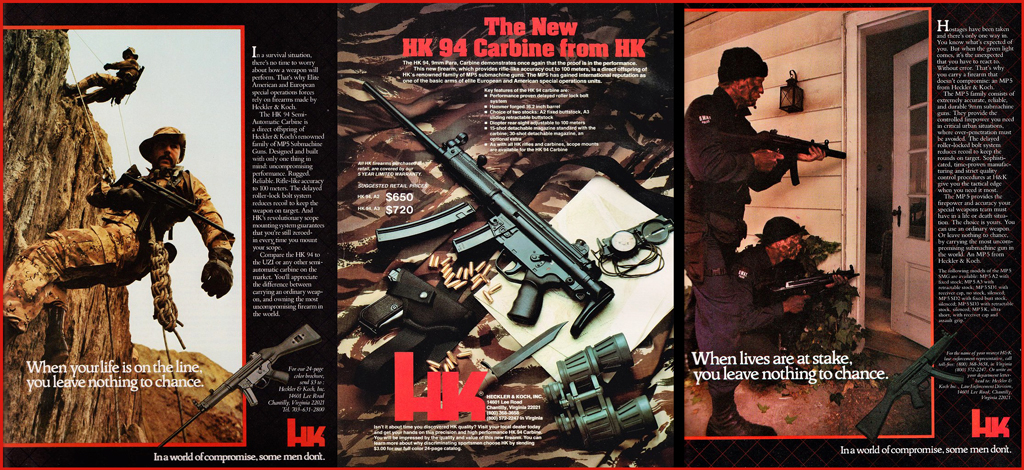
The Proof Is In The Performance: H&K has a legacy of creative product advertising.
Heckler and Koch history shows the company has never been afraid to experiment or innovate. Some of its more unique contributions to the world of small arms include:
- P7 Pistol: The H&K P7 is a 9mm semi-automatic handgun featuring a gas-delayed blowback system and a squeeze-cocking mechanism. It was highly regarded for its safety, accuracy, and compact design, making it a popular choice for police forces in Germany and the U.S. when they introduced it in the 1970s.
- USP (Universal Self-loading Pistol): Launched in the early 1990s, the USP series combined elements of earlier H&K pistols with modern tactical features. It was highly modular, with variants in multiple calibers and configurations. The USP paved the way for the Mark 23 SOCOM pistol, a .45-caliber sidearm developed for U.S. special operations.
- HK433 and MG5: In recent years, H&K has introduced the HK433, a modular assault rifle combining elements of the G36 and HK416. It is aimed at future military tenders and continues the legacy of ergonomic and adaptable firearm systems. The MG5, a modern 7.62×51mm general-purpose machine gun, has been adopted by the German military and offers improved performance over legacy systems like the MG3.
- CC9: The smallest pistol H&K has ever made. Chambered in 9mm, this micro pistol is optic-ready and makes a great option for concealed carry.
Corporate Challenges & Resilience
H&K has achieved engineering success but encountered multiple obstacles. The company has faced several ownership changes and financial and legal problems because of its weapon exports to embargoed countries.
Heckler & Koch has managed these challenges by maintaining its commitment to quality and innovation. The company has dedicated itself to transparency and ethical practices while prioritizing responsible defense manufacturing. The company continues to develop products and maintain its corporate identity through its “No Compromise” motto.
The Legacy of Heckler & Koch
Few gunmakers have had the broad or lasting influence on modern firearms as Heckler & Koch. Its weapons have featured prominently in military operations, police work, and even pop culture, appearing in countless films, TV shows, and video games. For many, the distinctive lines of an MP5 or HK416 are instantly recognizable symbols of elite tactical performance.
Equally as important, H&K’s contributions have shaped the development of small arms doctrine, emphasizing modularity, reliability, and user-centric design. Despite setbacks, the company’s insistence on innovation has earned it a place in the hall of fame of legendary arms manufacturers alongside Colt, FN Herstal, and Beretta.
H&K firearms are nearly ubiquitous in military and law enforcement. Their guns have equipped special operations forces, counterterrorism units, and national militaries across the globe. The MP5, for example, is one of the most widely used submachine guns in Heckler and Koch history. Dozens of nations and elite units have deployed it, including Britain’s SAS, Germany’s GSG 9, and the U.S. Navy SEALs.
For decades, the H&K weapon was the preferred choice for close-quarters battles, hostage rescue, and counterterrorism operations, establishing itself as a reliable and professional tool. Possessing or using a Heckler & Koch weapon was a status symbol for high-level capability in various professional environments.
Heckler & Koch’s weapons and lasting impact are the company’s ultimate achievement. H&K’s creations remain influential in real-world military operations, cinematic depictions, and video game digital combat environments.
Conclusion: A Legacy Forged in Steel & Precision
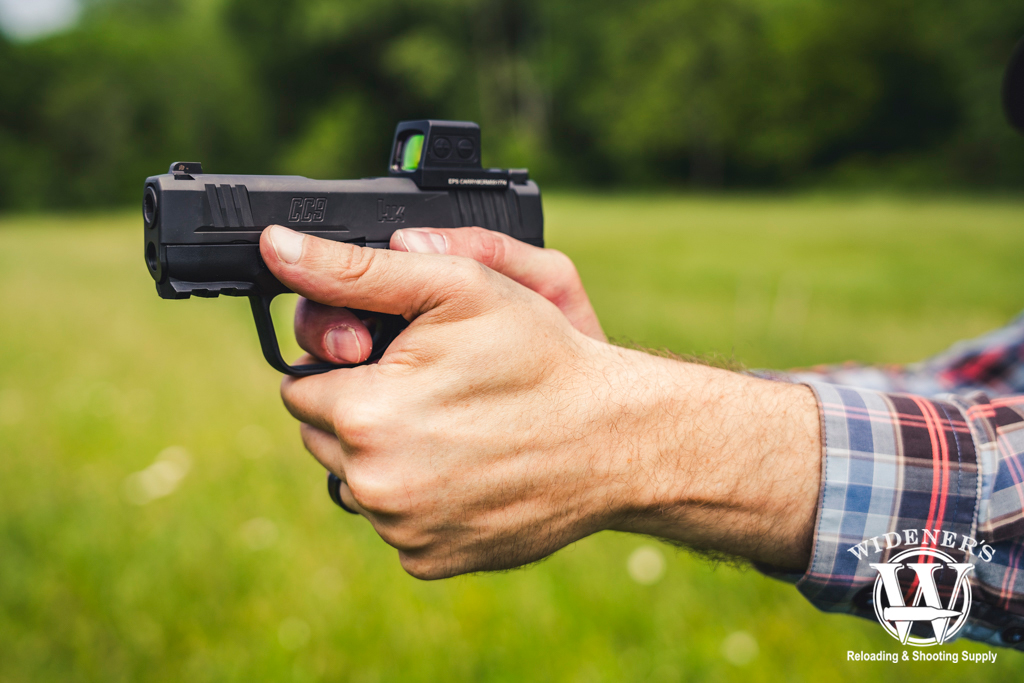
H&K proves that the combination of engineering, resilience, and vision leads to legendary weapon systems.
Heckler and Koch history proves the power of engineering, resilience, and vision. Its rebirth in a ruined post-war Germany led to its current status as a leading global firearms manufacturer. Though founders Edmund Heckler, Theodor Koch, and Alex Seidel began their enterprise out of necessity, their legacy is one of enduring innovation.
With a portfolio that includes some of the world’s most iconic and widely used firearms, H&K continues to define the cutting edge of small arms development. Military and law enforcement needs continue evolving, and the challenges of ethical manufacturing are only intensifying. Heckler & Koch stands poised to shape the next era of firearm innovation, true to its origins and uncompromising in its mission.


